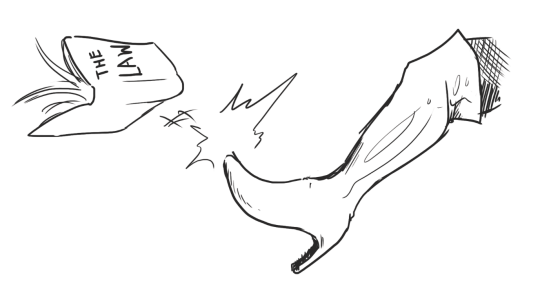Print Edition: March 13, 2013
“We don’t want to be safer, we want to be safe.”
This is the straightforward demand of Samantha Grey, a member of the Aboriginal Women’s Action Network (AWAN). Her response, recorded by Krystle Alarcon in The Tyee, is typical of sex workers in regards to the court proceedings currently happening in British Columbia and Ontario. The debate on the issue of legalizing prostitution, making it a constitutional right, rages on. Along with the legalization of pimping and brothels, one can understand that there are going to be some strongly differing opinions about the subject.
The proceedings are more commonly known as the Bedford Case, or the Sex Workers United Against Violence v. Canada Case.
I view the issue of legalizing prostitution from both sides. If it were to be legalized, how would the government propose to keep the women safe? They have just allowed their pimps to continue using them for their own benefits. I hope that if it is passed, the government would take a firm stand on the situation and would register the women’s activities as a government occupation. In doing so, it would be the government’s duty to check on and provide protective and medical services for these women. They would take control of the brothels from the pimps and help create a safe environment for the women.
Prostitution is the oldest profession in human history and whether it is legalized or not, it will continue to exist for a long time. However, the physical and emotional abuse these women currently face will also continue if nothing is done to help them. While I hope for good things to come if the Bedford Case is passed, I fear that government officials will not provide enough support. I am also concerned that more young children will become sexual victims to this law. This is why I am interested in Samantha Grey and the AWAN’s struggle to legalize the “Nordic model.”
The Nordic model—used in Iceland, Norway and Sweden—proposes that while prostitution is decriminalized, “pimps” and “johns” remain criminalized. At first, this sounds like a great idea and upon hearing about it, I was upset that something like this hasn’t been fully initiated yet in Canada. However, after some consideration, I had disturbing thoughts about the circumstances of the law. With this model in place, it certainly could help clean the streets and help young women who are forced into the sex trade. But, unlike the Bedford case, I believe that the women wouldn’t be recognized or logged by the government. I also fear that if prostitutes brought legal allegations against their pimps, they would only put themselves in further danger. It’s no secret that Canada’s legal sentences are lenient so what would happen when pimps get out after their short jail sentences? Revenge would be upmost in their minds. These women and their families would be facing potentially grave danger.
While both methods have their definite pros and cons, the end circumstances lie in the hands of the government and police forces. I am drawn towards the Bedford case because of what it offers the prostitutes. Bedford would directly deal with the issue of prostitution whereas the Nordic Model would indirectly address it. If either model is set in place, the Canadian government will need to provide sufficient services and protection for these women if they wish to live safe and not just safer lives.


